We can’t send you updates from Justia Onward without your email.
Unsubscribe at any time.
When a driver takes their eyes off the road for even a few seconds, the consequences can be catastrophic. The Justia Car Accidents Center provides guidance to victims of distracted driving accidents and other crashes.
Drunk driving may be the most notorious and widely condemned behavior behind the wheel, but distracted driving can be just as lethal. According to the National Safety Council, at least eight Americans are killed each day in accidents caused by distracted drivers. Thus, the NSC has designated the month of April as Distracted Driving Awareness Month. It provides tips to drivers on how to manage (or ideally avoid) distractions, such as programming the route in advance and putting away cell phones before they start driving. The NSC also advises passengers on what to do when they see that the person driving them is distracted. It even offers an online course to educate people about the risks of distracted driving and persuade them to change their attitudes.
At Justia, we recognize the grave risks posed by distracted driving, whether this involves texting, eating, using the GPS, fiddling with the radio, or another behavior. In our car accidents center, we specifically discuss this topic and the legal claims that may arise when a driver diverts their attention from the road. Often, a distracted driving accident that causes injuries will lead to a negligence claim. This asserts that a driver caused a crash because they failed to use reasonable care in the situation. Getting distracted behind the wheel generally means that a driver did not use reasonable care. Sometimes proving liability can be easier if a driver broke a law because they were distracted, since the doctrine of negligence per se can apply. Once a victim establishes liability, they likely can recover compensation for their injuries and property damage from the distracted driver, or more likely from an insurer.
Causes of Car Accidents
Distracted driving is just one of many causes of car accidents described in our Legal Guide on this topic. We also discuss the unique issues related to drunk driving, explaining that a car crash victim still may be able to get compensation if the alleged DUI driver is not convicted of a crime. They also may have claims against other parties, such as the person or entity that provided alcohol to the drunk driver. Since drunk driving is so reprehensible, damages in these cases sometimes go beyond compensating a victim for their harm. They may be able to get punitive damages as well, which are meant to punish and deter especially bad conduct.
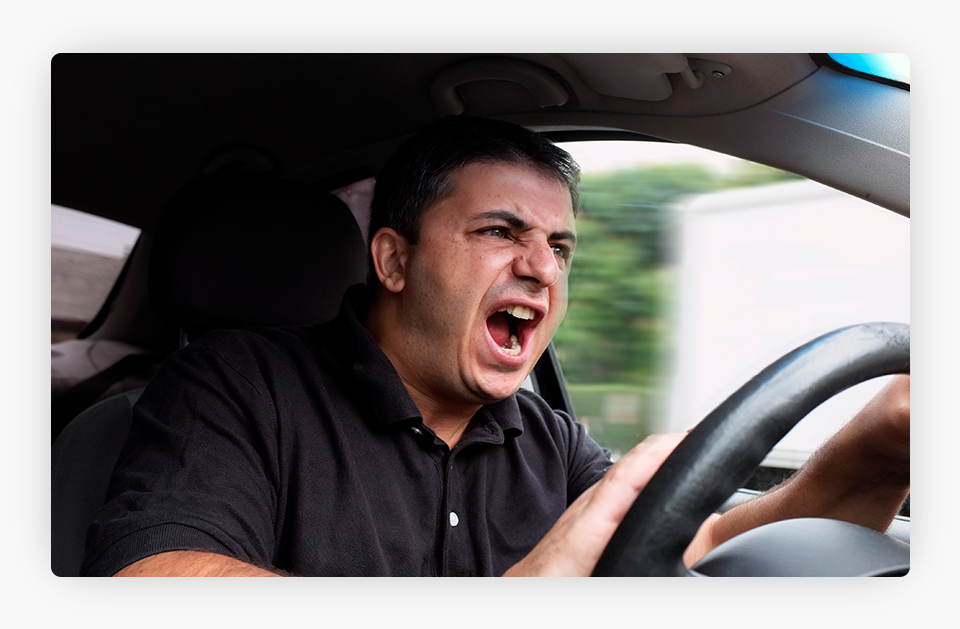
Other crashes may occur not because a driver is distracted or under the influence but simply because they are driving aggressively. Perhaps they are running late and rushing to get somewhere, or perhaps they are in a bad mood for unrelated reasons, but there is no excuse for aggressive driving. This can involve weaving between lanes, abruptly cutting off other drivers, excessively speeding, or tailgating, among other things. Sometimes aggressive driving escalates to road rage, which can lead to criminal charges. Even if you are annoyed by the behavior of another driver, you should stay as calm as possible and continue to drive prudently.
Some accidents do not arise from the actions of one or more drivers. A defective car part can lead to a crash, which means that the company that made the part may have been at fault. A victim might have a products liability claim against that company. They generally would not need to prove a lack of reasonable care, as they would in a negligence claim. Strict liability tends to apply in these cases, holding a manufacturer accountable if its car part had a defect that caused injuries. In other situations, faulty repairs to a vehicle may cause a mechanical malfunction, leading to a negligence claim against the repair shop that was responsible.
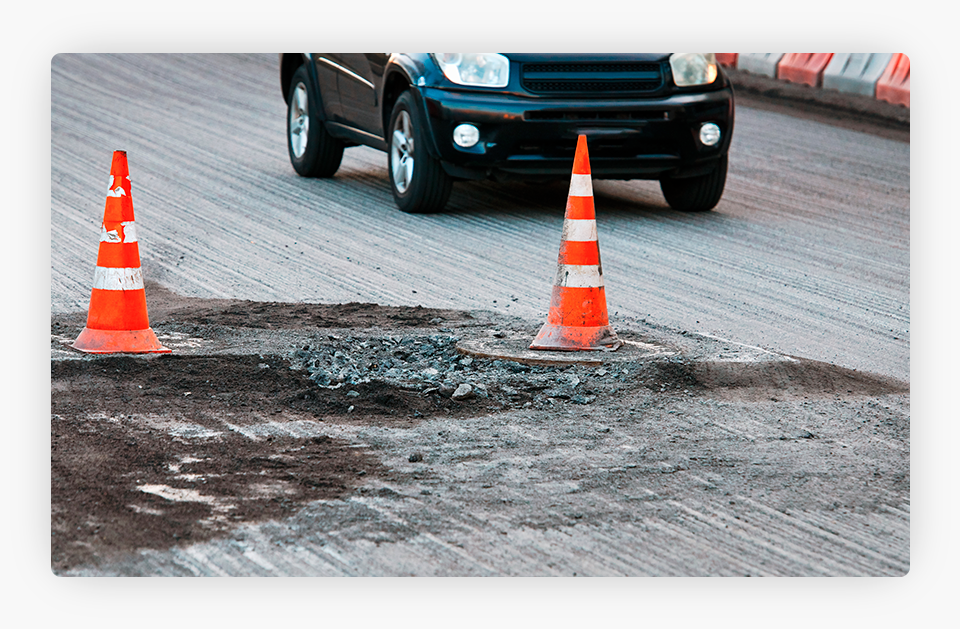
In still other cases, road hazards can cause an accident. Some of these hazards arise merely from weather conditions, and nobody is at fault. But a government agency or another party responsible for designing, constructing, or maintaining a road may be liable if its failure to use proper care causes a crash. Suing the government can be tricky, and plaintiffs usually need to act quickly because these cases often have tight deadlines.
Types of Car Accidents
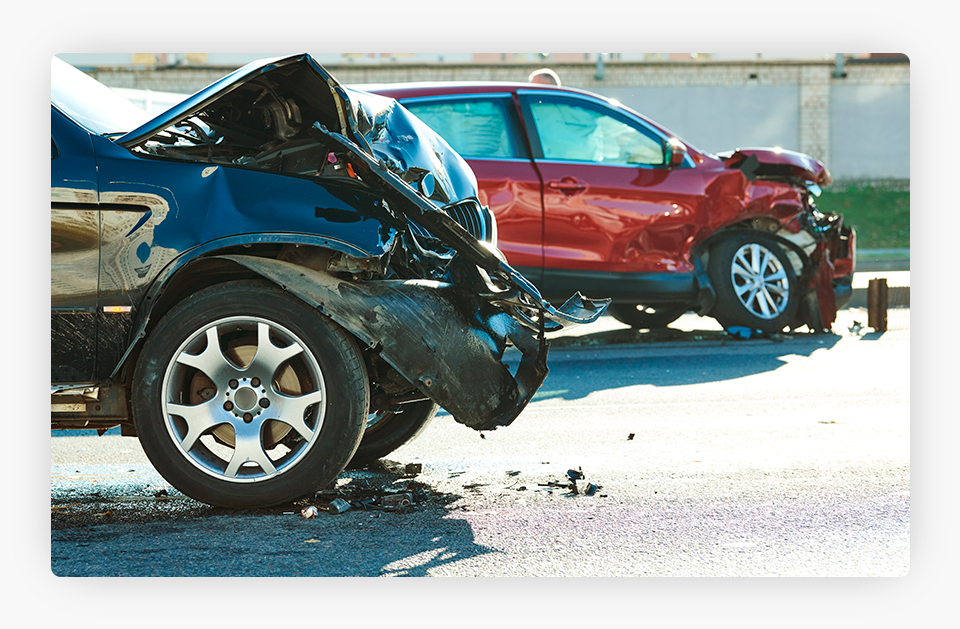
In addition to describing the reasons why car accidents can happen, the Justia Car Accidents Center covers the main types of accidents. These are often classified according to the impact involved, such as head-on, rear-end, and side-impact collisions. Head-on collisions tend to be especially devastating because the impact is magnified when cars collide from opposite directions, but they are relatively unusual. Rear-end collisions happen more often and usually involve less force, but they can still cause serious injuries. Side-impact collisions may cause devastating harm to the people in the vehicle struck on its side, which has less structural protection.
The Justia Car Accidents Center also discusses some more distinctive types of accidents, such as rollover accidents involving a single vehicle and chain reaction accidents involving many vehicles. The type of accident can make a difference to resulting legal claims. For example, the rear driver may be legally presumed to have caused a rear-end collision, which can make it easier for a victim in the front vehicle to get compensation. In another situation, a victim of a single-vehicle crash may think that they have no claim because no other driver was involved, but a defect in their vehicle or the road may give them legal options.
Some accidents are defined by the type of driver who caused them. Very young and very old drivers may be more likely to cause accidents. Teenagers are inexperienced, immature, and more susceptible to distractions, while elderly people may suffer from issues like diminishing reflexes or side effects from medications. Distinctive challenges may arise from hit and run accidents when the at-fault driver is not found, or uninsured/underinsured motorist accidents when the at-fault driver does not have insurance, or does not have enough insurance. This may require a victim to make a claim against their UM/UIM coverage if they have it. Accidents involving Uber or Lyft drivers may raise complex insurance questions as well.
What to Do After a Car Accident
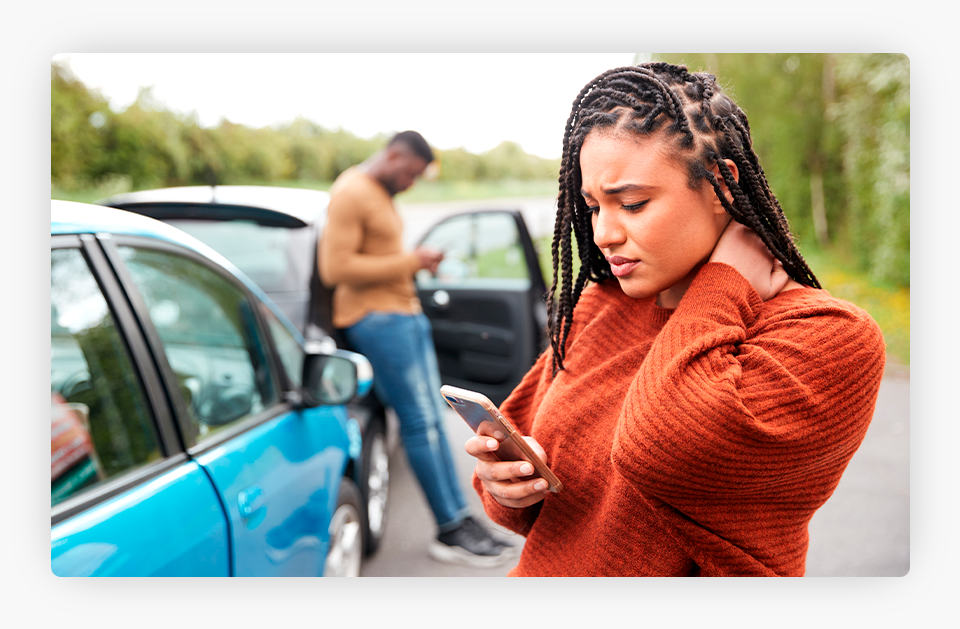
Car accidents can be terrifying, especially when someone gets hurt. People understandably may panic in these situations, but the immediate aftermath of a crash can be critical in figuring out who was at fault and what should happen next. As the Car Accidents Center explains, a person involved in an accident should try to take certain steps if they are physically able. For example, they should take photos and videos of the accident scene, get the contact information of any witnesses to the crash, and report it to their insurer and potentially law enforcement. If the police come to the scene, they will produce a police report that will describe what happened and who the police think was at fault.
After these basic steps, a victim will want to protect their legal rights. Unless the crash was minor and caused no injuries, they should consider working with a car accident lawyer on their claim. A lawyer can help identify whom to sue after the accident, gather evidence to support the claim, and push back against any defenses that an insurer may raise. For example, the insurer might argue that the victim was partly at fault for causing the crash, which could reduce their damages or even allow the insurer to avoid paying entirely in some cases.
Insurance Claims After Car Accidents
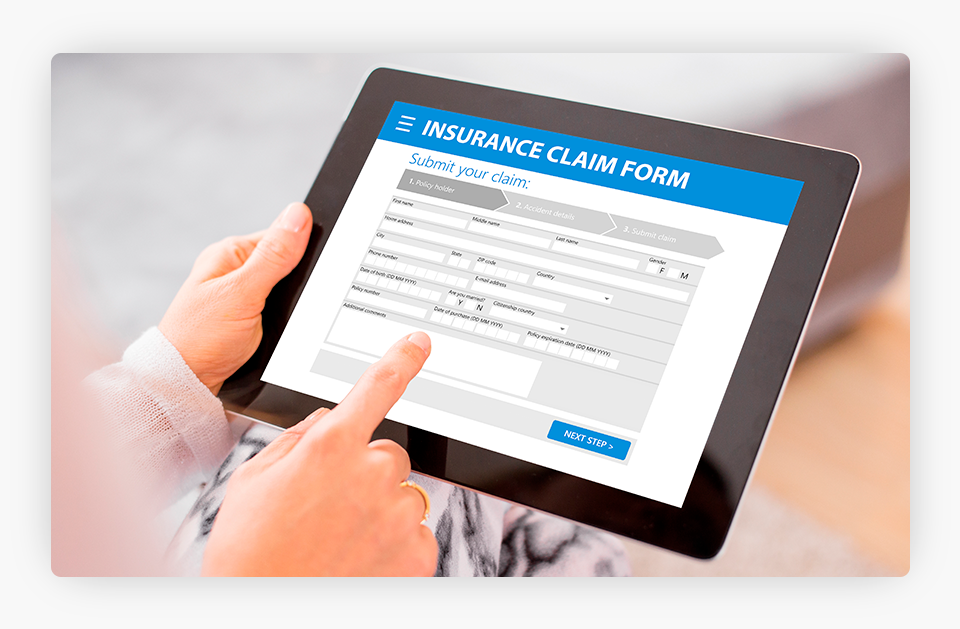
Drivers generally get liability insurance to cover them in case they cause a crash, and most states require at least a minimum amount of this insurance. Some states require drivers to get uninsured/underinsured motorist coverage as well, and this is smart even if it is not required. Insurers have an incentive to avoid paying out claims or minimize payments as much as possible. Sometimes an insurer will go too far and act in bad faith when handling a claim. This can create a separate claim for damages beyond the underlying claim based on the accident.
Some states have established a no-fault system for car accident claims, which means that a victim can receive compensation under their own policy without proving the fault of another driver. This can resolve a claim more efficiently, but damages tend to be more limited than in a conventional lawsuit. Therefore, no-fault states allow victims to go outside the no-fault system in certain situations identified by law, such as when they have suffered serious injuries or incurred at least a certain amount of medical bills. Laws in this area are highly technical and vary significantly from state to state. Justia provides a 50-state survey on car accident law that addresses no-fault rules, among other insurance issues.
Final Thoughts
No matter how smartly and safely they drive, anyone can get involved in a sudden crash. Injuries in car accidents can be life-changing, resulting in permanent disabilities that affect the work that a victim can do or the activities that they can pursue. If someone has suffered serious injuries, they should talk to a lawyer about their specific situation as soon as they can so that they preserve their rights. In the meantime, the Justia Car Accidents Center provides a general overview of the practical and legal issues that can arise in this area, educating consumers about their options. Like the other Justia Legal Guides, it aims to make the law transparent and accessible to all.
Related Posts